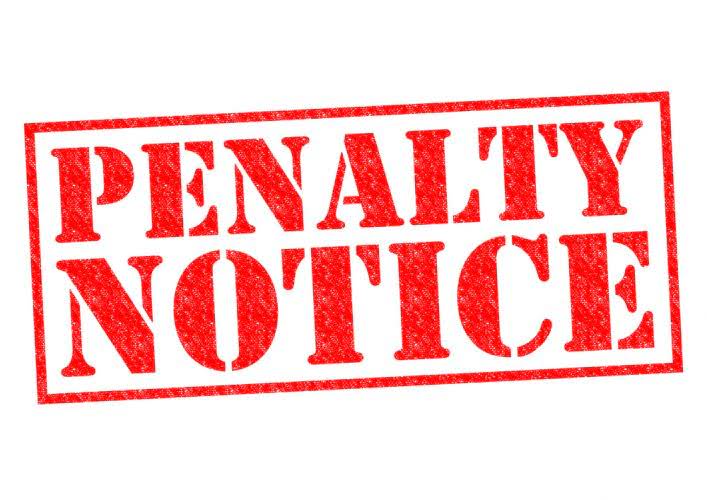The difference between bank balance and book balance

Book balance is important in accounting because it provides an accurate representation of a company’s financial health and helps ensure proper record-keeping and financial reporting. The advantages of book balance include robust financial controls, accurate reporting, and a comprehensive view of a company’s financial health, enabling informed decision-making and regulatory compliance. The components of book balance include assets, liabilities, and equity, which collectively form the basis of a company’s financial statement. By comparing the book balance with the bank statement’s balance, discrepancies can be identified, thus maintaining the integrity and reliability of financial records. Book balance refers to the total amount of funds in an account, as recorded on a company’s financial records.
What Does a Price-to-Book (P/B) Ratio of 1.0 Mean?
- Interest earned on an account is often paid on a company’s cash balance and is credited to the bank account at the end of the month.
- Suppose, in Alice’s situation, she can also observe any swings in her business.
- This balance helps in reconciling financial transactions, identifying errors, and detecting fraudulent activities.
- Now, the only thing left to do after loading the data is to go through the entries and make sure each one is categorized appropriately.
- Adam received his master’s in economics from The New School for Social Research and his Ph.D. from the University of Wisconsin-Madison in sociology.
This discrepancy can lead to serious financial inaccuracies, impacting the organization’s operations and reporting adversely. It poses challenges for accurate financial analysis and review, hampering the ability to make informed decisions. Now, the only thing left to do after loading the data is to go through the entries and make sure each one is categorized appropriately.
Deceptive Depreciation and Book Value
- She can check her balance sheets from the prior quarters’ first and third quarters to see if she has enough cash on hand or equity to make a down payment on a home.
- He currently researches and teaches economic sociology and the social studies of finance at the Hebrew University in Jerusalem.
- Bank balance is the real amount of money in the account, while book balance is the recorded sum according to accounting.
- You need to know how aggressively a company has been depreciating its assets.
- This process ensures that the general ledger accurately reflects the actual financial position of an organization by comparing the transactions recorded in the company’s books with those in the bank statements.
Book balance errors can be rectified through the implementation of adjusting entries, close monitoring of reconciling items, and rigorous review of financial documentation to ensure accuracy and integrity. Balancing the books may sound daunting and exhausting task, but it is highly crucial for larger or small businesses. A simple calculation dividing the company’s current stock price by its stated book value per share gives you the P/B ratio. If a P/B ratio is less than one, the shares are selling for less than the value of the company’s assets.
- This helps ensure transparency and avoid any financial risks from inaccurate recording or reconciliation errors.
- Companies account for their assets in different ways in different industries, and sometimes even within the same industry.
- This means that, in the worst-case scenario of bankruptcy, the company’s assets will be sold off and the investor will still make a profit.
- This team of experts helps Finance Strategists maintain the highest level of accuracy and professionalism possible.
- The owner of this website may be compensated in exchange for featured placement of certain sponsored products and services, or your clicking on links posted on this website.
- Such anomalies are frequently noticed because of delays in transaction processing and ignorance of some costs that the bank has credited to the corporate account.
Adjustments to Deposits
The minimum balance requirement is the specific amount of money you’ll need to keep in the account at all times to enjoy certain benefits or avoid fees. Bank balance can differ from the book balance kept by the account holder. Online banking platforms make it easy to check your account balances in real time. When you check your bank account balance online, there may be two different numbers that you see; available balance and total balance.
- In banking and accounting, the balance is the amount of money owed (or due) on an account.
- You can withdraw and deposit funds from this account and write checks as well as gain interest.
- At Finance Strategists, we partner with financial experts to ensure the accuracy of our financial content.
- This approach not only improves book balance but also strengthens financial controls and compliance, reducing the risk of errors and inaccuracies in financial reporting.
- You won’t get this information from the P/B ratio, but it is one of the main benefits of digging into the book value numbers and is well worth the time.
- A P/B ratio of 1.0 indicates that the market price of a company’s shares is exactly equal to its book value.
- If you are going to invest based on book value, you have to find out the real state of those assets.

This procedure is made simple and effective by maintaining a separate business bank account. A deposit is typically made, the depositor is given access to the money, and the check clears before the paying bank is charged. Therefore, until the clearing procedure is finished, the funds—known as float funds—are temporarily added twice. The time that passes between making a deposit and withdrawing money also contributes to the accumulation of float funds.
It’s possible that your company’s equity does not immediately equal the amount that remains after subtracting liabilities from assets. By doing this, she can be sure that her company is still on course for annual What is Book Balance growth even if few months see a little decline in demand for her services. Additionally, if you are just starting out with bookkeeping, you need to understand key fundamentals related to balancing the books.

For instance, if a business issued multiple checks, those sums would be shown in the book balance and would be compared to the cash balance in the bank account at the conclusion of the accounting period. The opposite is true when the total credit exceeds total debits, the account indicates a credit balance. If the debit/credit totals are equal, the balances are considered zeroed out. In an accounting period, “balance” reflects the net value of assets and liabilities to better understand balance in the accounting equation. Wrapping up, we see that comprehending the distinction between bank balance and book balance is essential for effective financial management.
Balance of Power: Central Banks and the Fate of Democracies – ProMarket
Balance of Power: Central Banks and the Fate of Democracies.
Posted: Tue, 23 Apr 2024 10:54:57 GMT [source]
